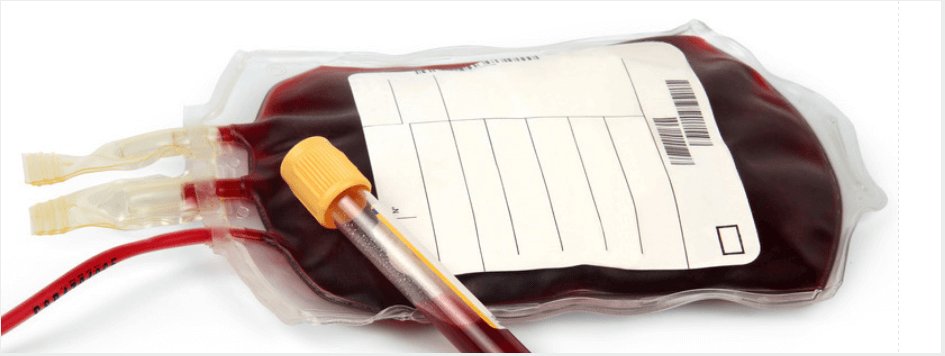


The Initial Trauma Assessment Part 1 – The Primary Survey
The initial assessment and management of the seriously injured trauma patient is both challenging and anxiety-inducing for many clinicians. It is an undertaking that requires a cool head, systematic approach, speed, and good clinical judgement. The Advanced Trauma...
Blood Transfusion Reactions
Blood transfusion can be a life-saving treatment of great clinical benefit but also carries several risks and potential associated problems including: Immunological complications Administration errors (‘wrong blood’ episodes) Infections (bacterial, viral, possibly...
Brief Resolved Unexplained Events (BRUE)
The term Apparent Life Threatening Event (ALTE) is one that is very familiar to those of us that have worked in paediatrics for any length of time. The term ALTE originated from a 1986 National Institutes of Health Consensus on Infantile Apnoea and was intended to...




